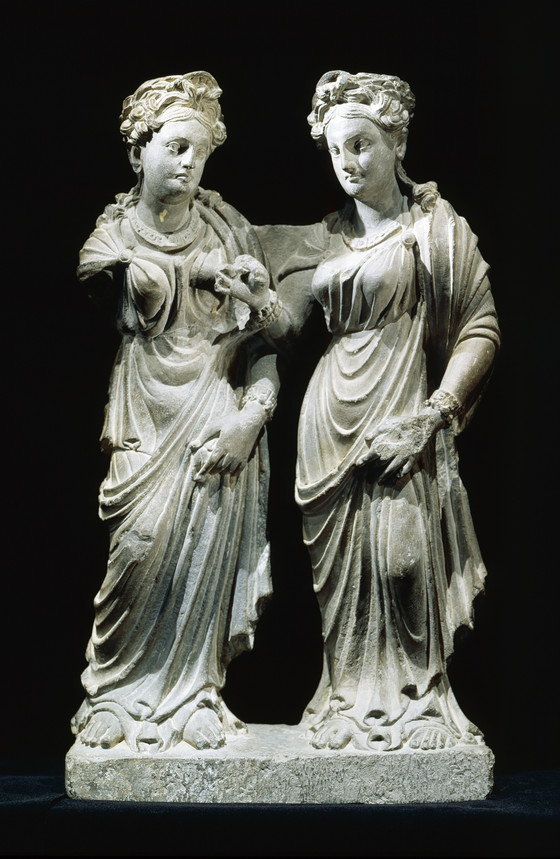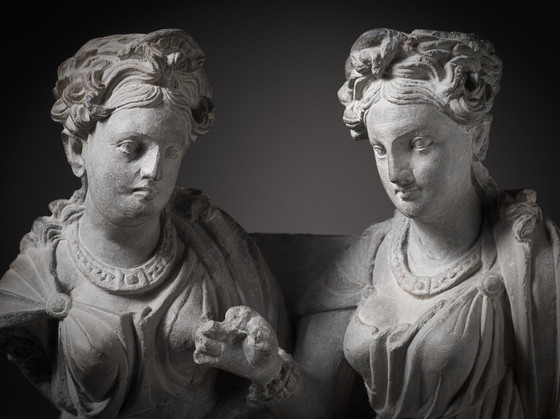The Aristocratic Women, Illustration of the tale of 'The Necklace of Thread', From the Maha-Ummagga Jataka (Story of the Great Tunnel) (?)





Please log in to add this item to your gallery.
View comments
No comments have been posted yet.
Add a comment
Please log in to add comments.
Please log in to add tags.
* Nearly 20,000 images of artworks the museum believes to be in the public domain are available to download on this site.
Other images may be protected by copyright and other intellectual property rights.
By using any of these images you agree to LACMA's Terms of Use.
The Aristocratic Women, Illustration of the tale of 'The Necklace of Thread', From the Maha-Ummagga Jataka (Story of the Great Tunnel) (?)
Pakistan, Gandhara region, 2nd century
Sculpture
Gray schist
23 1/8 x 13 3/4 x 6 in. (58.73 x 34.92 x 15.24 cm)
Purchased with funds provided by Mrs. Harry Lenart, Robert and Mary Looker, Robert F. Maguire III, and The Hillcrest Foundation through the 1998 Collectors Committee, Stephen Markel in memory of Catherine W. Markel, the Southern Asian Art Council, and S. Sanford and Charlene S. Kornblum (AC1999.3.1)
Not currently on public view


